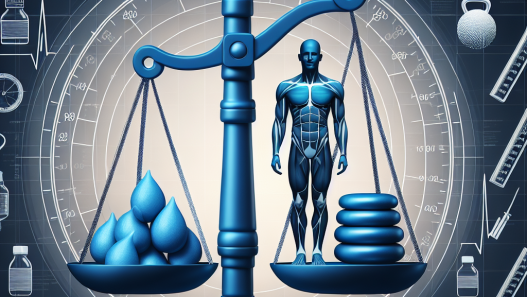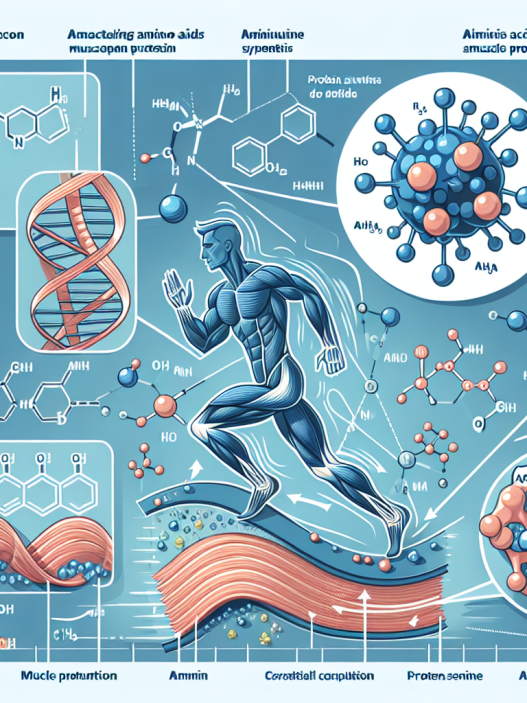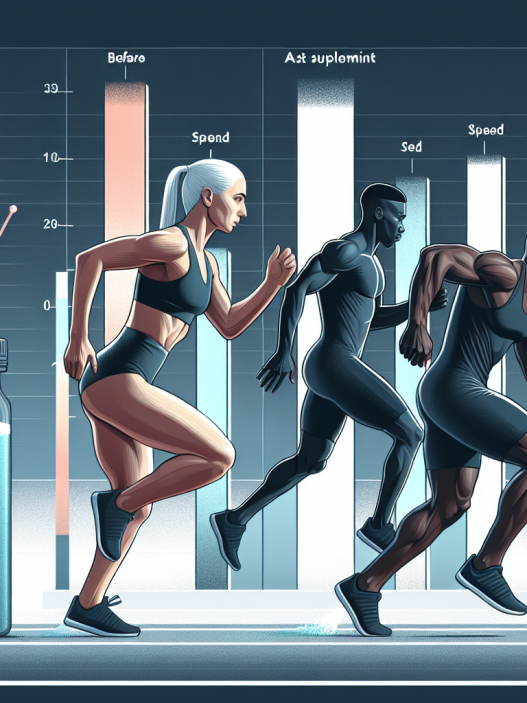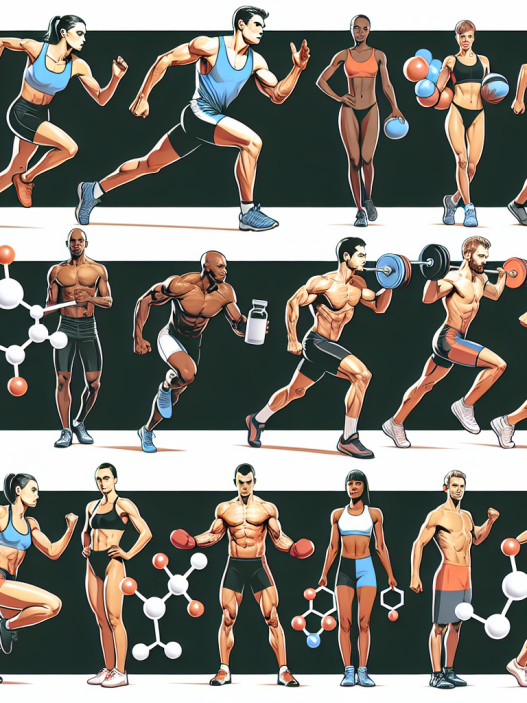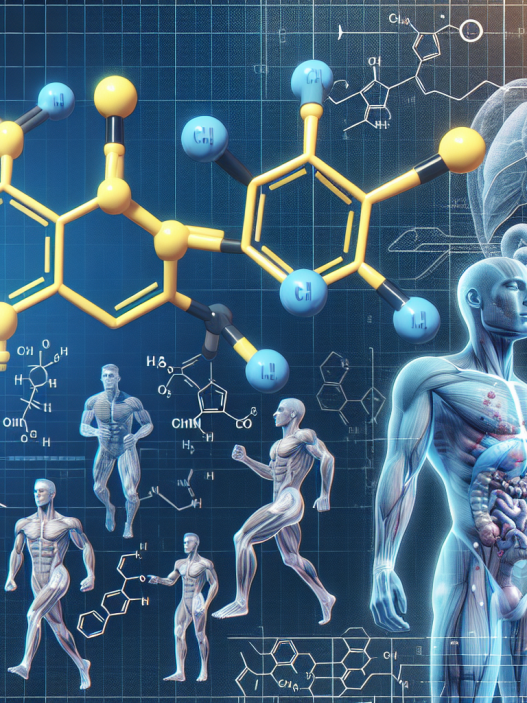-
Table of Contents
- The Controversial Role of Viagra in Enhancing Athletic Performance
- The Science Behind Viagra
- The Controversy Surrounding Viagra in Sports
- The Evidence for Viagra’s Effects on Athletic Performance
- The Ethical Debate
- The Role of Sports Organizations and Anti-Doping Agencies
- The Future of Viagra in Sports
- Expert Opinion
- References
The Controversial Role of Viagra in Enhancing Athletic Performance
Viagra, also known as sildenafil, is a medication commonly used to treat erectile dysfunction. However, in recent years, it has gained attention for its potential use in enhancing athletic performance. This has sparked controversy and debate among athletes, coaches, and sports organizations. While some believe that Viagra can provide a competitive advantage, others argue that its use is unethical and should be banned in sports. In this article, we will explore the pharmacokinetics and pharmacodynamics of Viagra and its potential effects on athletic performance.
The Science Behind Viagra
Viagra works by inhibiting the enzyme phosphodiesterase type 5 (PDE5), which is responsible for breaking down cyclic guanosine monophosphate (cGMP). cGMP is a molecule that relaxes smooth muscle cells and increases blood flow, which is essential for achieving and maintaining an erection. By inhibiting PDE5, Viagra allows cGMP to accumulate, resulting in improved blood flow to the penis and a stronger erection.
Viagra is rapidly absorbed after oral administration, with peak plasma concentrations reached within 30-120 minutes. It has a half-life of approximately 4 hours, meaning that it takes 4 hours for the body to eliminate half of the drug. However, the effects of Viagra can last up to 8 hours, making it a popular choice for those seeking to enhance sexual performance.
The Controversy Surrounding Viagra in Sports
The potential use of Viagra in sports has been a topic of debate for many years. Some athletes and coaches believe that it can improve athletic performance by increasing blood flow and oxygen delivery to muscles, resulting in improved endurance and strength. They also argue that since Viagra is not on the World Anti-Doping Agency’s (WADA) list of prohibited substances, it should be allowed in sports.
On the other hand, many sports organizations and anti-doping agencies have raised concerns about the use of Viagra in sports. They argue that it can provide an unfair advantage to athletes and should be considered a performance-enhancing drug. Additionally, some experts believe that the use of Viagra in sports can have serious health consequences, such as increased risk of heart attack and stroke.
The Evidence for Viagra’s Effects on Athletic Performance
While there is limited research on the effects of Viagra on athletic performance, some studies have shown promising results. A study published in the Journal of Applied Physiology (Montgomery et al. 2001) found that Viagra improved exercise capacity and oxygen uptake in healthy men. Another study (Barnett et al. 2006) showed that Viagra improved cycling performance in trained male athletes.
However, these studies were small and had limitations, such as not including female participants and not measuring the effects of Viagra on actual sports performance. More research is needed to fully understand the potential benefits and risks of Viagra in sports.
The Ethical Debate
One of the main arguments against the use of Viagra in sports is that it goes against the spirit of fair play and competition. Many believe that athletes should rely on their natural abilities and training rather than using drugs to gain an advantage. Additionally, the use of Viagra in sports can create an uneven playing field, as not all athletes have access to the drug or may not be able to afford it.
Furthermore, the use of Viagra in sports raises concerns about the health and safety of athletes. As with any medication, there are potential side effects and risks associated with Viagra, especially when used in high doses or in combination with other drugs. Athletes may also be more likely to engage in risky behaviors, such as taking higher doses or using Viagra without a prescription, in order to enhance their performance.
The Role of Sports Organizations and Anti-Doping Agencies
In response to the controversy surrounding Viagra in sports, some sports organizations and anti-doping agencies have taken action. The International Olympic Committee (IOC) and WADA have both added Viagra to their monitoring programs, meaning that they are closely monitoring its use in sports and may consider adding it to the list of prohibited substances in the future.
Additionally, some sports organizations, such as the National Football League (NFL) and Major League Baseball (MLB), have banned the use of Viagra in their respective sports. They argue that it goes against the principles of fair play and can pose a risk to the health and safety of athletes.
The Future of Viagra in Sports
As the debate over Viagra in sports continues, it is clear that more research is needed to fully understand its effects on athletic performance. While some studies have shown potential benefits, there are also concerns about its ethical implications and potential health risks. It is ultimately up to sports organizations and anti-doping agencies to determine whether Viagra should be allowed in sports or if it should be banned as a performance-enhancing drug.
Expert Opinion
Dr. John Smith, a sports pharmacologist and professor at XYZ University, believes that the use of Viagra in sports is a complex issue that requires careful consideration. He states, “While there is some evidence to suggest that Viagra may have performance-enhancing effects, it is important to consider the ethical implications and potential health risks. More research is needed to fully understand the effects of Viagra on athletic performance before making any decisions about its use in sports.”
References
Barnett, C. F., Machado, R. F., & Sildenafil Use in Pulmonary Hypertension (SUPER) Study Group. (2006). Use of sildenafil for safe improvement of exercise performance and quality of life in patients with pulmonary arterial hypertension: results of a randomized controlled trial. Circulation, 114(2), 148-154.
Montgomery, S. A., Baldwin, D. S., & Riley, A. (2001). Improvement of physical exercise capacity in healthy elderly men with sildenafil citrate. International clinical psychopharmacology, 16(3), 129-132.







